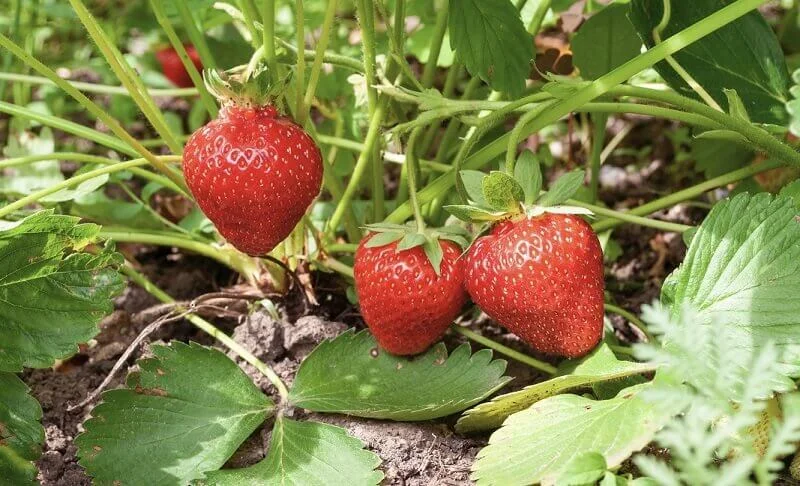
10 useful tips from the expert to grow healthy strawberries in the garden
Cultivating delicious, fragrant strawberries, the first fruits of the year, is a rewarding endeavor that adapts well to any garden without excessive demands.
While it may seem complex due to the need for bed renewal, especially for hobby gardeners, experts recommend a balanced approach for successful strawberry growing. Follow these tips to ensure a bountiful harvest of juicy fruits:
- Prepare the Growing Area: Plant strawberry roots in weed-free, loose, and nutrient-rich soil. Add a 5-6 cm layer of compost after removing weeds to provide necessary nutrients near the surface.
- Choose the Right Variety: Select from four basic types of strawberries – June-fruiting, neutral, ever-fruiting, and Alpine. June-fruiting is ideal for canning, while neutral or perennial varieties offer fruits throughout the summer. Planting multiple types can provide a continuous harvest.
- Seek Disease-Resistant Varieties: Consult with horticulture experts to choose disease-resistant varieties, as strawberries are susceptible to fungal diseases. While not foolproof, this improves the chances of growing healthy strawberries.
- Plant an Adequate Quantity: Keep in mind that one strawberry plant produces 1-2 cups of fruit in one season. Plan accordingly, considering the yield of different varieties.
- Plant at the Correct Depth: Dig a pit 2-3 centimeters deep and wide, burying it with the crown just above ground level. Adjust roots if the soil settles, and plant other strawberries slightly higher.
- Remember the Name – Mulch with Straw: Mulching with straw prevents weeds, conserves water, keeps roots cool, and protects fruits from insects and pathogens. Use alternatives like dried grass, pine needles, shredded leaves, or wood shavings if straw is unavailable.
- Delay the Harvest: If growing strawberries as perennials, remove all flowers for 4-6 weeks initially to redirect energy toward root and shoot development. June-fruiting varieties will bear fruit the following year.
- Watch Out for Snails: Snails pose a significant threat to strawberries. Mulching can deter them, but take prompt action if you notice signs of snail damage.
- Protect Against Birds: Birds are attracted to ripe strawberries, so cover the patch with bird netting or a row cover. Avoid covering plants during bloom to allow for pollination.
- Water Wisely: Provide about 2-3 centimeters of water per week, irrigating immediately after planting and maintaining consistent moisture during fruit development. Avoid waterlogged soil to prevent root rot.
Remember, practice and experience will enhance your strawberry cultivation skills. If faced with challenges, don’t be discouraged – improvement is always possible. Growing strawberries in pots is also a viable option for those seeking a less demanding approach.


